In the bustling world of e-commerce, standing out can feel like an uphill battle. But don’t worry—I’ve got your back. If you run a print-on-demand store, optimizing for SEO is your secret weapon to getting noticed.
What is SEO?
Search Engine Optimization (SEO) is the practice of enhancing your website to improve its visibility on search engines like Google. By optimizing various elements such as keywords, content, and site structure, SEO helps your website rank higher in search results, attracting more organic (non-paid) traffic.
Effective SEO involves a mix of on-page strategies (like content creation and keyword optimization) and off-page techniques (such as link building and social media engagement), along with technical improvements (like site speed and mobile-friendliness). In essence, SEO is all about making your site more attractive to search engines and users alike, boosting your chances of being found by potential customers.
Understanding these basics sets the foundation for optimizing your POD store:
- Keywords: The terms people type into search engines.
- On-page SEO: Optimizing elements on your site.
- Off-page SEO: Building authority through external links.
- Technical SEO: Improving site infrastructure for better performance.
Keyword Research for Webshops
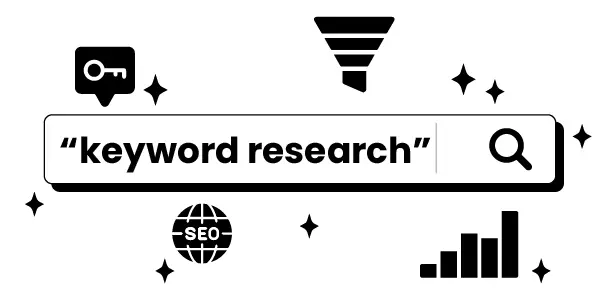
Finding the Right Keywords
Keywords are the cornerstone of SEO, guiding potential customers to your print-on-demand store through search engine results. The process starts with brainstorming terms that are closely related to your products. Think about what your ideal customer might type into a search engine when looking for products like yours.
Once you have a list of potential keywords, it’s time to dig deeper. Utilize tools like Semrush or Google’s Keyword Planner (best for as) to discover high-volume keywords relevant to your niche.
These tools provide valuable insights into how often certain terms are searched, as well as the level of competition for each keyword. Aim to find a balance between high search volume and lower competition to maximize your chances of ranking well.
Using Keywords Effectively
Place your primary keywords in strategic locations:
Product titles
Your product title is one of the first things potential customers see, both on your site and in search engine results. Make your titles clear, concise, and keyword-rich. This means using primary keywords that accurately describe your product. For instance, instead of a generic title like “Cool T-shirt,” opt for “Custom Graphic T-shirt for Artists.” This not only helps with SEO but also gives customers a better idea of what you’re offering at a glance.
Descriptions
Your product descriptions should naturally incorporate keywords while providing valuable information. Write engaging and informative content that highlights the benefits and unique features of your products. Avoid keyword stuffing; instead, seamlessly weave keywords into your text. Using bullet points can also help make your descriptions more readable and keyword-friendly.
URLs
Your URLs should be short, descriptive, and include the primary keyword. A clean and keyword-rich URL structure not only improves SEO but also enhances user experience. Instead of a long, complicated URL like “www.yourstore.com/collections/yoga/product/mat9237426″,” go for something like “www.yourstore.com/products/pink-yoga-mat.” This makes it easier for both search engines and users to understand what the page is about.
On-Page SEO for Print-on-Demand
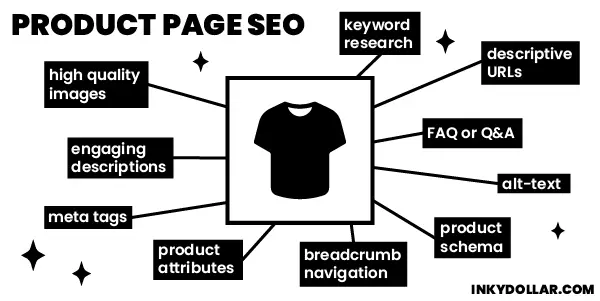
Optimizing Product Titles
Your product title is often the first thing customers see. Ensure it’s descriptive and includes relevant keywords. For instance, instead of “Cool T-shirt”, go for something like “Custom Graphic T-shirt for Artists”. Because as a new seller, ranking for short keywords can be a long way to go.
Crafting Compelling Descriptions
Descriptions should be informative and engaging. Highlight the benefits and unique features of your products. Use bullet points for easy reading and incorporate your keywords naturally.
Enhancing Images and Alt Text
High-quality images are crucial. Ensure your images are optimized for fast loading and include alt text with relevant keywords. Use *.webp when possible as it is a modern and much more lightweight image format. This not only helps with SEO but also makes your site faster and more accessible.
Using Meta Tags Wisely
Meta titles and descriptions appear in search results. Craft compelling meta titles (50-60 characters) and descriptions (150-160 characters) that include your primary keywords and encourage clicks.
If you offer free shipping, or returns, or both, let people know in the meta description. This can significantly increase your CTR (click-through-rate) from search engines.
Off-Page SEO for Print-on-Demand
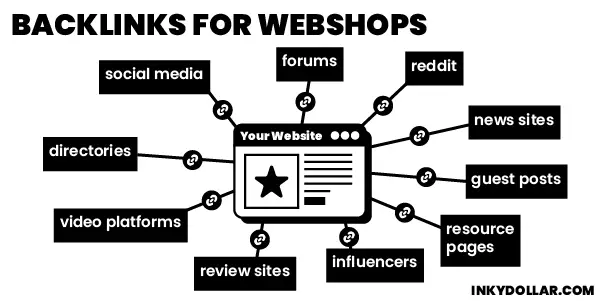
Building Backlinks
Backlinks from reputable sites boost your credibility. Reach out to blogs, forums, and industry websites for guest posting opportunities or link exchanges.
Leveraging Social Media
Social media is a powerful tool for driving traffic. Share your products on platforms like Instagram, Pinterest, and Facebook. Engage with your audience to build a loyal following.
Collaborating with Influencers
Influencer marketing can give your store a significant boost. Partner with influencers in your niche to showcase your products to a broader audience.
Technical SEO for Webshops
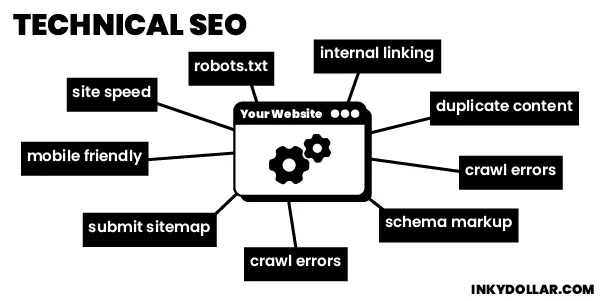
Improving Site Speed
A slow website can drive customers away. Use tools like Google’s PageSpeed Insights to identify and fix issues. Compress images, leverage browser caching, and minimize HTTP requests to improve load times.
Ensuring Mobile Optimization
More people shop on mobile devices than ever before. Many sites we’ve seen have 50-80% mobile users. Ensure your site is mobile-friendly with responsive design and fast load times. Test your site’s mobile performance using tools like Google’s Mobile-Friendly Test.
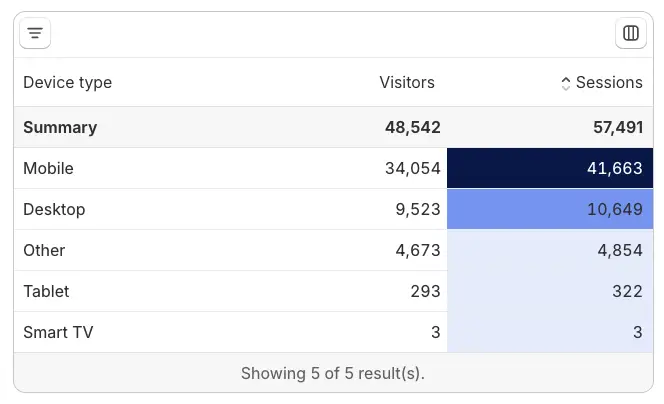
Implementing Schema Markup
Schema markup helps search engines understand your content. Implementing it can improve your chances of appearing in rich snippets. Use Google’s Structured Data Markup Helper to get started.
Common SEO Mistakes to Avoid
Keyword Stuffing
Avoid cramming keywords into your content. It makes your site look spammy and can lead to penalties. Focus on natural, readable content.
Ignoring Mobile Users
Don’t neglect mobile optimization. A significant portion of traffic comes from mobile devices, so ensure a seamless mobile experience. Many of my own e-commerce stores are showing up to 80% of traffic being from a mobile device.
Neglecting Content Quality
High-quality content is king. Provide valuable, engaging, and original content to attract and retain visitors. Regularly update your blog with fresh articles and insights.
Tools and Resources for SEO
Recommended SEO Tools
- Google Search Console: Your most important data source to rank on Google.
- Semrush: Comprehensive SEO tool for keyword research and site audits.
- Google Analytics: Track and analyze website traffic.
- The SEO Framework: WordPress plugin for on-page SEO optimization.
Helpful Resources and Guides
- Moz Blog: SEO insights and best practices.
- Search Engine Journal: Latest SEO news and tips.
- InkyDollar Blog: Articles on growing your print-on-demand store.
Conclusion
Optimizing your POD store for SEO is a journey, not a destination. By implementing these strategies, you’ll increase your visibility, drive more traffic, and ultimately boost your sales. So, what are you waiting for? Start optimizing today and watch your store soar!
FAQ about Optimizing Your Print-on-Demand Store for SEO
Q: What is the most important aspect of SEO for a POD store?
A: The most important aspect of SEO for a POD store is keyword research. Finding and using the right keywords ensures that your products appear in relevant search results, driving more organic traffic to your site.
Q: How often should I update my SEO strategy?
A: You should regularly review and update your SEO strategy, at least every six months. SEO trends and search engine algorithms change frequently, so staying updated ensures your strategies remain effective.
Q: Can social media activity impact my SEO?
A: Yes, social media activity can impact your SEO indirectly. Engaging content on social media can drive traffic to your site, increase brand awareness, and generate backlinks, all of which contribute to better SEO performance.
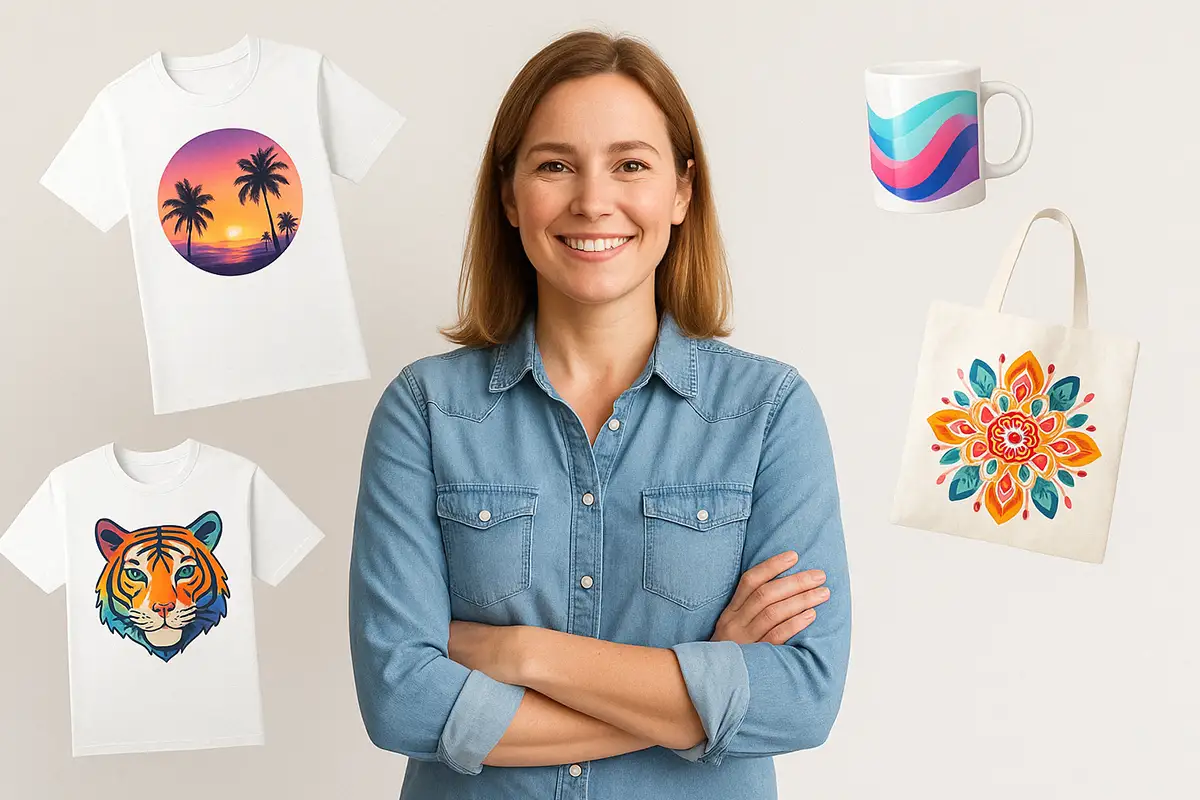

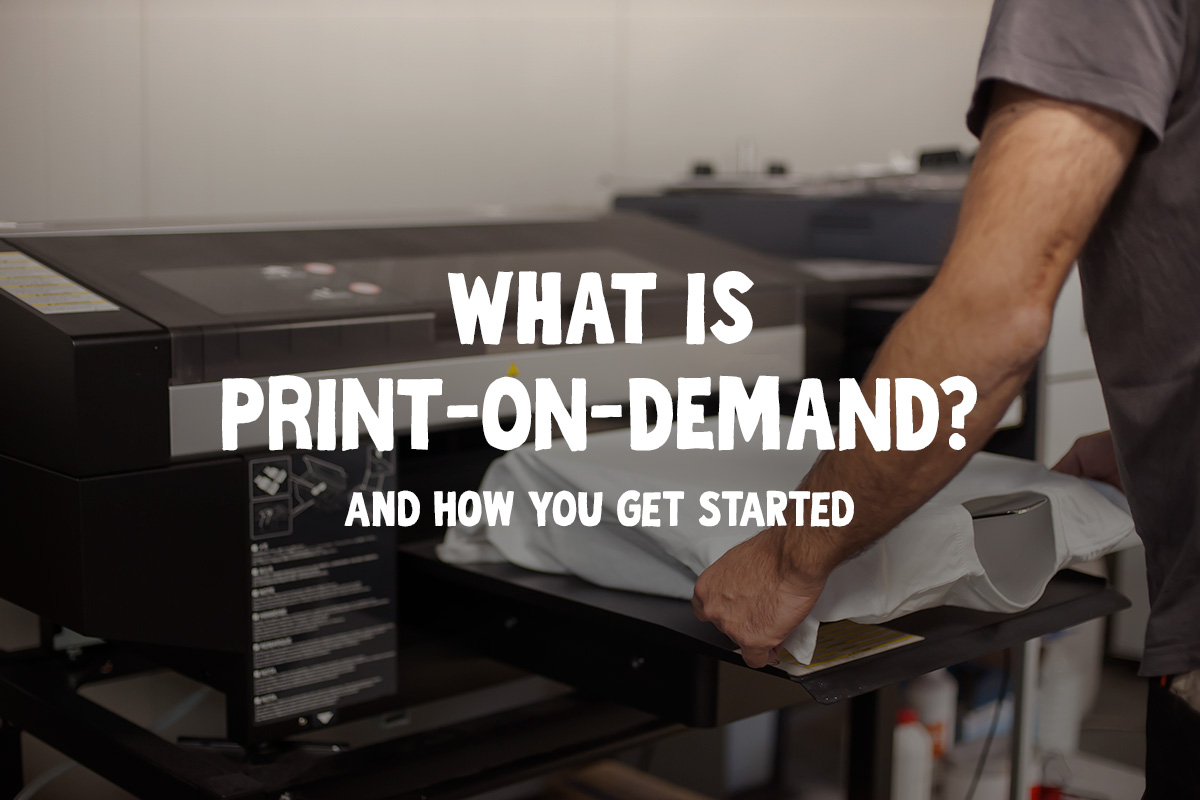
Pingback: AI Tools for Print-on-Demand Stores • Inky Dollar
Comments are closed.